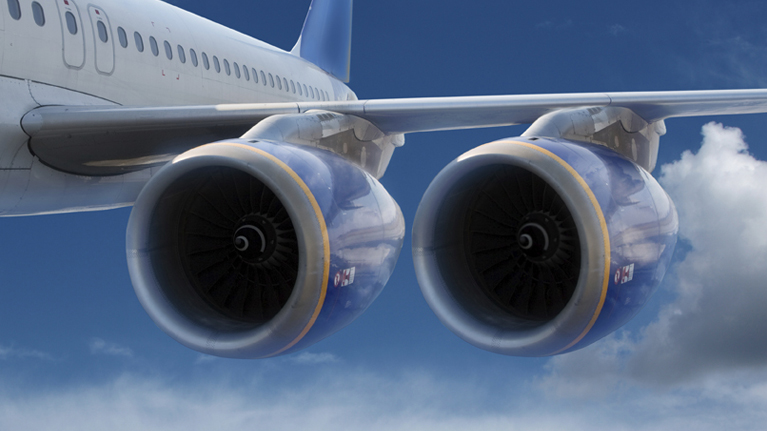Linear electric motors for more efficient and safer aircraft
Tekniker is coordinating the European LiTRAS project whose aim is to develop linear electric motors to reduce the weight of the system where they are located and increase their efficiency without diminishing reliability.

The European aeronautical industry is striving to innovate its entire value chain to address the challenges posed by transport in what is becoming an increasingly competitive industry.
Some of the challenges this industry has to cope with and which represent a key concern for society are focused on environmental awareness and achieving sustainable mobility. New technologies, therefore, are required to develop products that are more sustainable and ecological and can reduce, among other things, fuel consumption, gas emissions and noise levels.
It is this context that one of the approaches considered to enhance the efficiency of aircraft propulsion is based on developing UHBR (Ultra–high bypass ratio) engines to reduce the amount of fuel required to fly and land.
These new engine concepts, however, reduce the amount of space available for other fundamental systems such as thrust reversers (TR) that open the nacelle gates where the propulsion engine is located and assist braking when landing.
This system is driven by electromechanical actuators equipped with a rotary electric motor, a gearbox and a ball screw.
The ultimate goal of the LiTRAS project, coordinated by Tekniker, an expert in this field, consists in replacing the traditional electromechanical actuators with actuators based on linear motors to eliminate any additional mechanical components needed to transform rotational motion into linear movement (gearbox and ball screw). The aim is to reduce the system’s weight and increase its efficiency without diminishing reliability.
Consequently, the technology centre will develop specific linear motors featuring an extraordinary amount of force density (1.5 MN/m3) to actuate thrust reversers when dealing with demanding high-load emergency situations.
The use of these motors also means that other components of the thrust reverser will have to be redesigned, such as gate sliders, the blocking subsystem that prevents gates from opening accidentally and the manual aperture of said gates when system maintenance operations must be performed. All according to strict operational and space requirements.
This project has received funding from the Clean Sky 2 Joint Undertaking (JU) under grant agreement No 887163. The JU receives support from the European Union’s Horizon 2020 research and innovation programme and the Clean Sky 2 JU members other than the Union.
